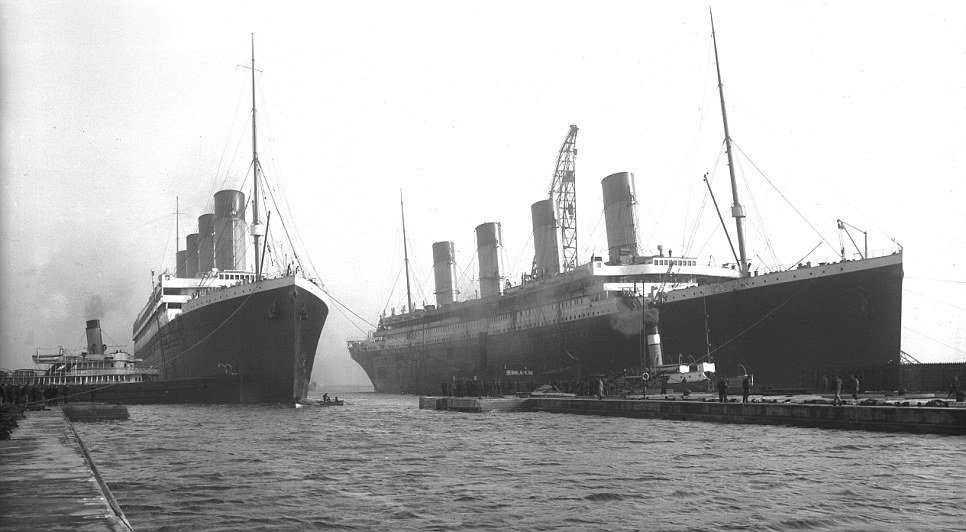
Without any doubt ship containers have contributed largely to world trade. They were used by ancient vessel as well to store cargo during voyages and as time passed them slowly transformed from wooden containers to steel. This is because steel is reusable and last much longer than a wooden container would. Wooden containers still exist but are few and are used for special cargo.
The universalization of container sizes is to make loading and offloading faster and to ensure that different transport mode would be build using this universal size thus making transportation of goods using the same container which could travel on ship, trail, or truck. This ability to be moved between different modes of transport is what mushroomed the ship containers popularity among the transport community and today many companies that are not even involved in any transport are using containers since they provide safe secure and weather proof storage for goods.
The shipping container would slowly begin mutating as people began developing different containers for different uses. Today the container has been modified to suite almost every transport need humans have. They range in appearance but share similarities among each container making them so different yet so similar. This similarity helps during transport cargo planning and stacking and storage. Transport vessels construction also revolves around this universal size with most big trucks measuring either 20 or 40 feet the size of containers. Ships and cargo bogies on trains are also constructed using these measurements.
Standard containers come in two length size 19’ 4” and 39’ 5”. Their width is also standard measuring 7’ 8” and so is the height 7’ 8”. Besides the standard container there are many different container types with each having different measurements. Below is a list of different containers used in the shipping industry and measurements for each:
| Name | Inside length | Inside width | Inside height |
| STANDARD CONTAINER | 19’ 4”/ 39’ 5” | 7’ 8” | 7’ 8” |
| OPENTOP CONTAINERS | 19’ 4”/ 39’5” | 7’ 7”/ 7’ 8” | 7’ 8” |
| FLATRACK CONTAINERS | 18’ 5”/ 39’ 7” | 7’ 3”/ 6’ 10” | 7’ 4”/ 6’ 5” |
| FLATRACK COLLAPSIBLE CONTAINERS | 18’ 6”/ 39’ 7” | 7’ 3”/ 6’ 10” | 7’ 4”/6’ 5” |
| REEFER CONTAINERS | 17’ 8”/ 37’ 8”/37’ 11| | 7’ 5”/ 7’ 5”/ 7’ 6” | 7’ 5”/ 7’ 2”/ 8’ 2” |
| HIGH CUBE CINTAINER | 39’ 5” | 7’ 8” | 8’ 10” |
| PLATFORM CONTAINER | 19’ 11”/ 40’ 0” | 8’ 0”/ 8”0” | 7’4”/ 6’ 5” |
The above measurements are universal among all ship containers used in the world. And this ability to have specified sizes for each type makes it much easier for the shipping company to plane and load the maximum amount of cargo on a vessel. Each step throughout the process is done faster today due to the ability to plane, load, and offload cargo in containers. The container today is responsible for 90% of all cargo transporting transported around the world may it be by ship, train or road.
Ship Containers,







